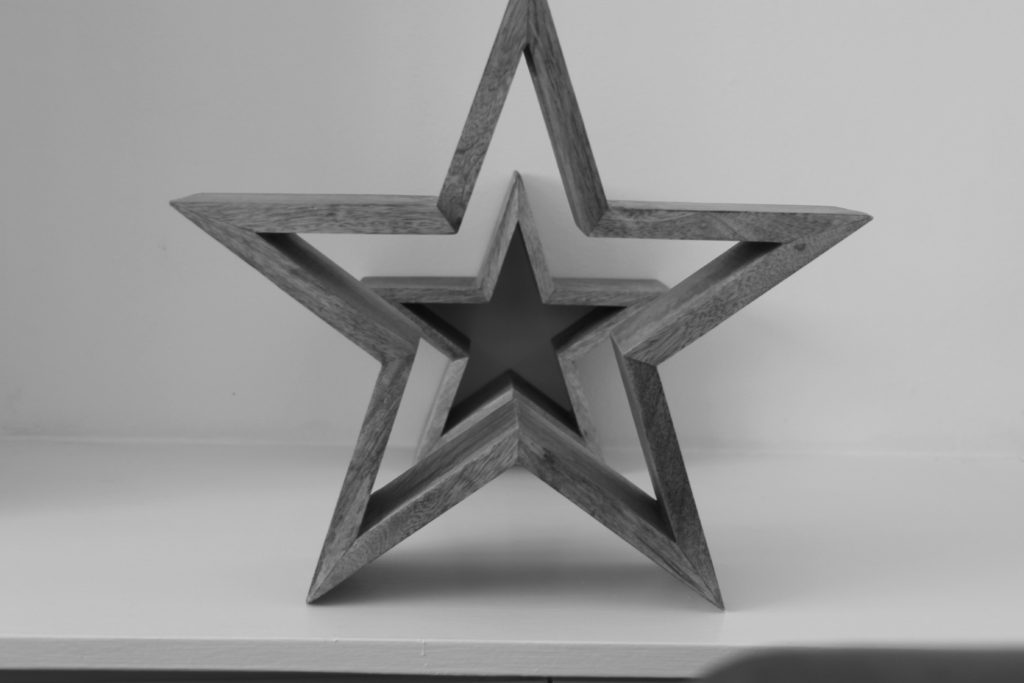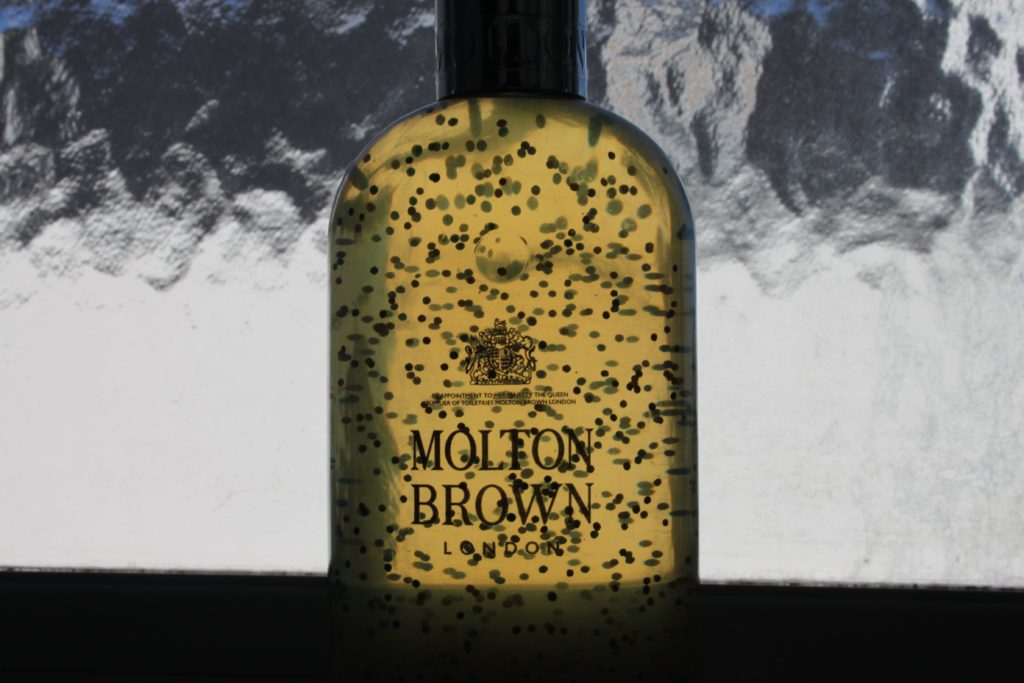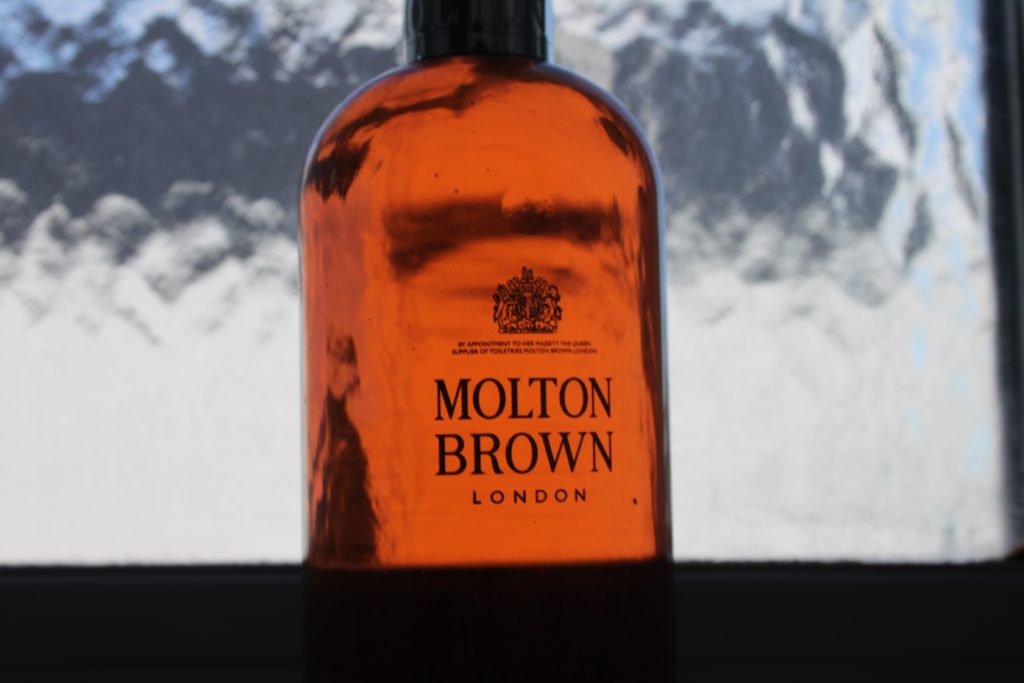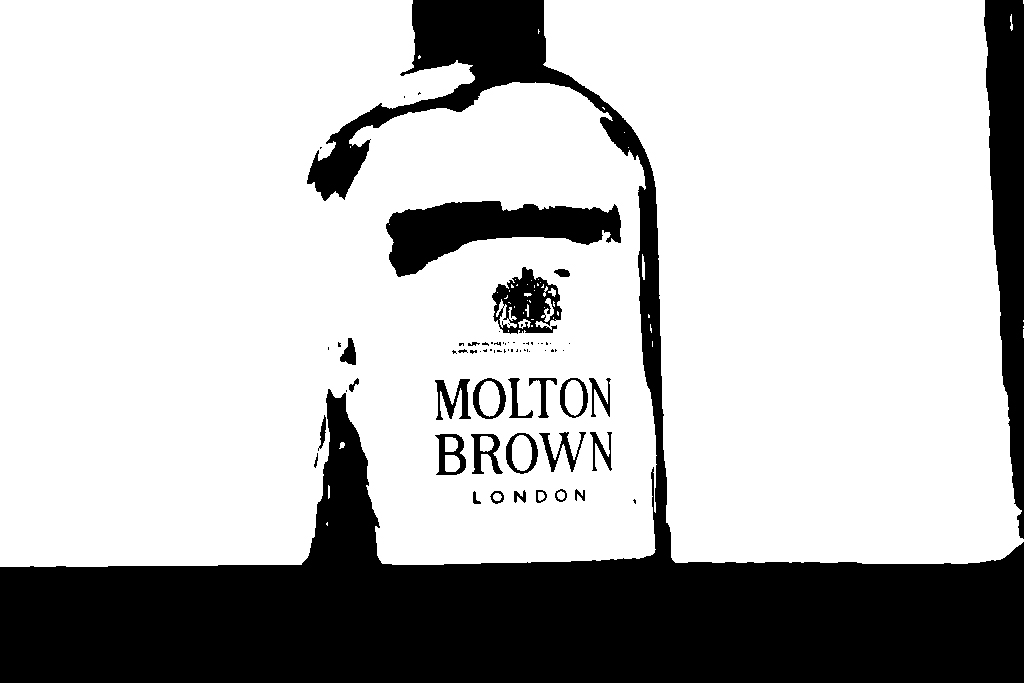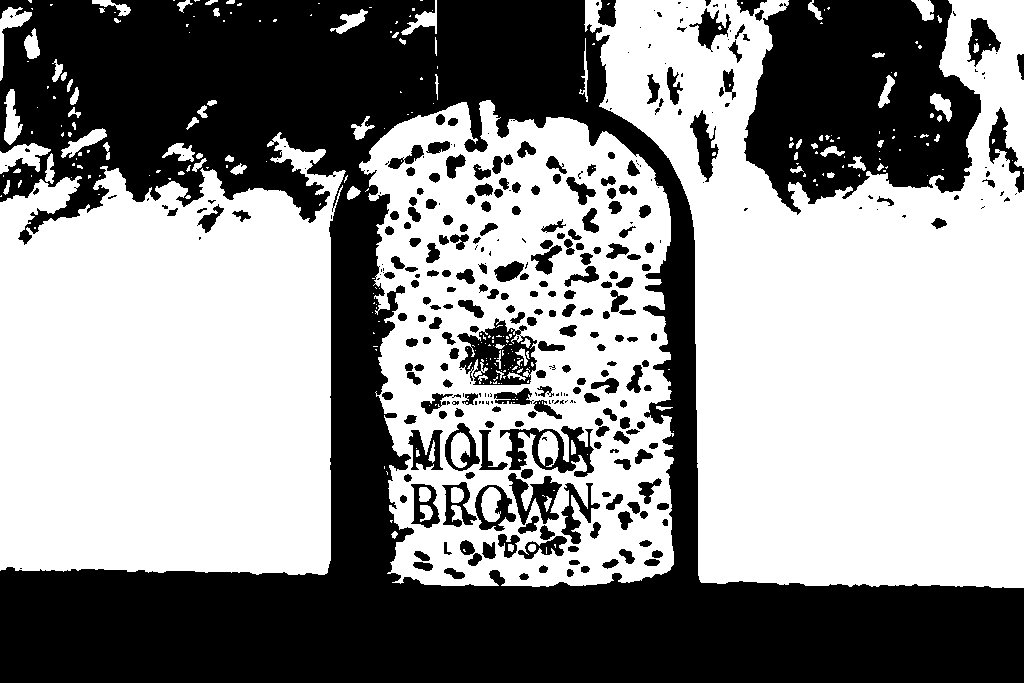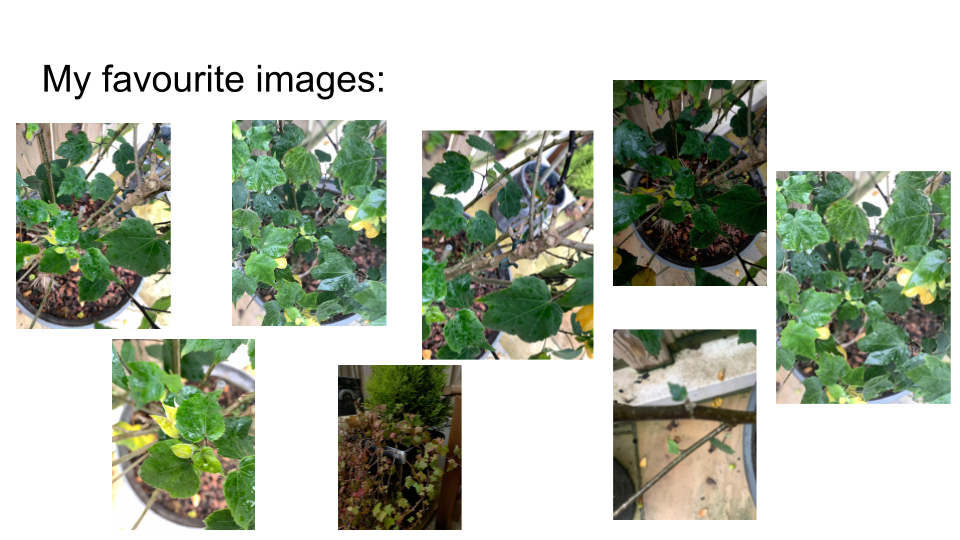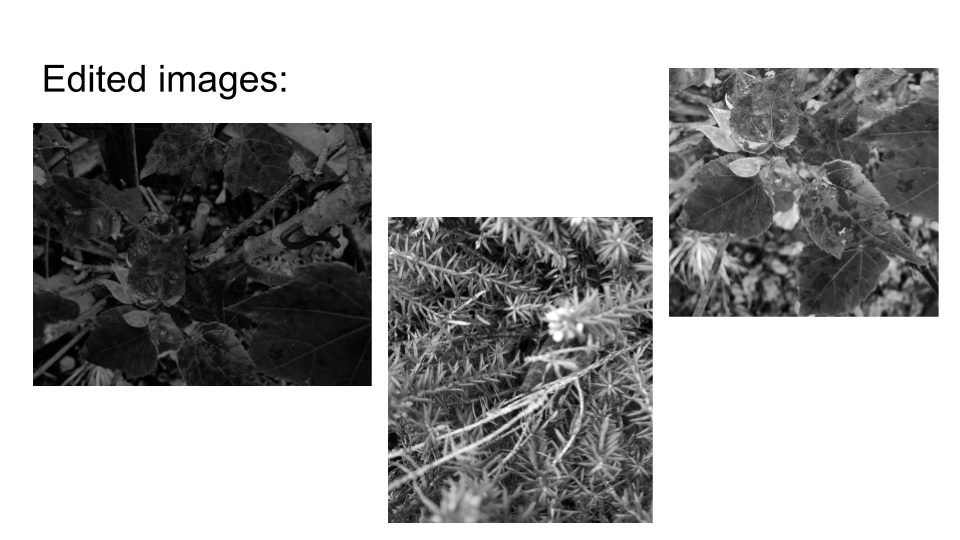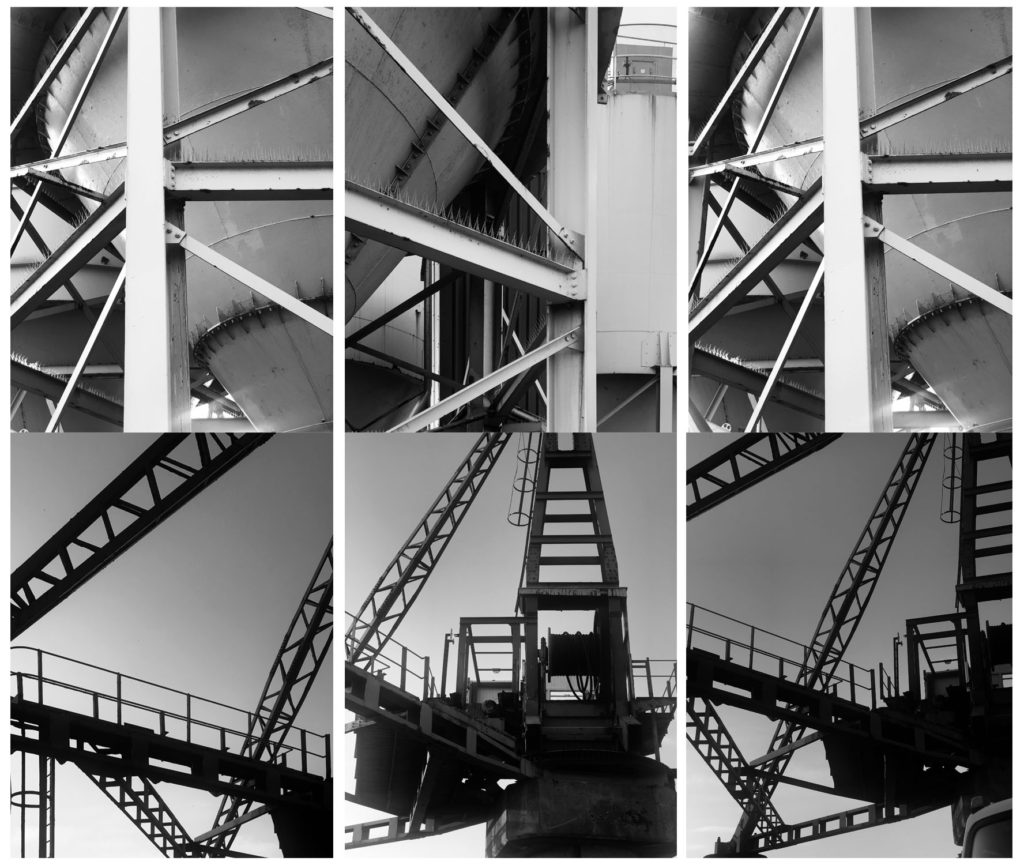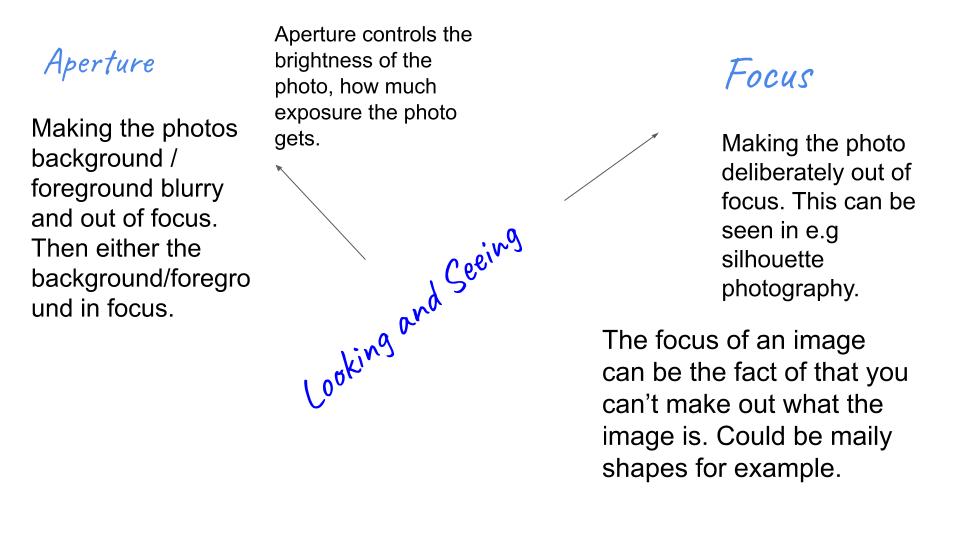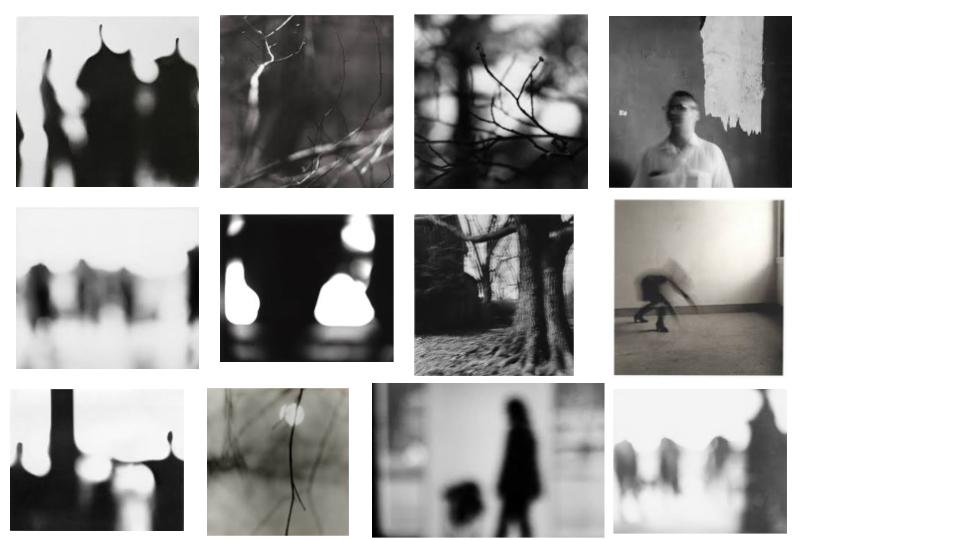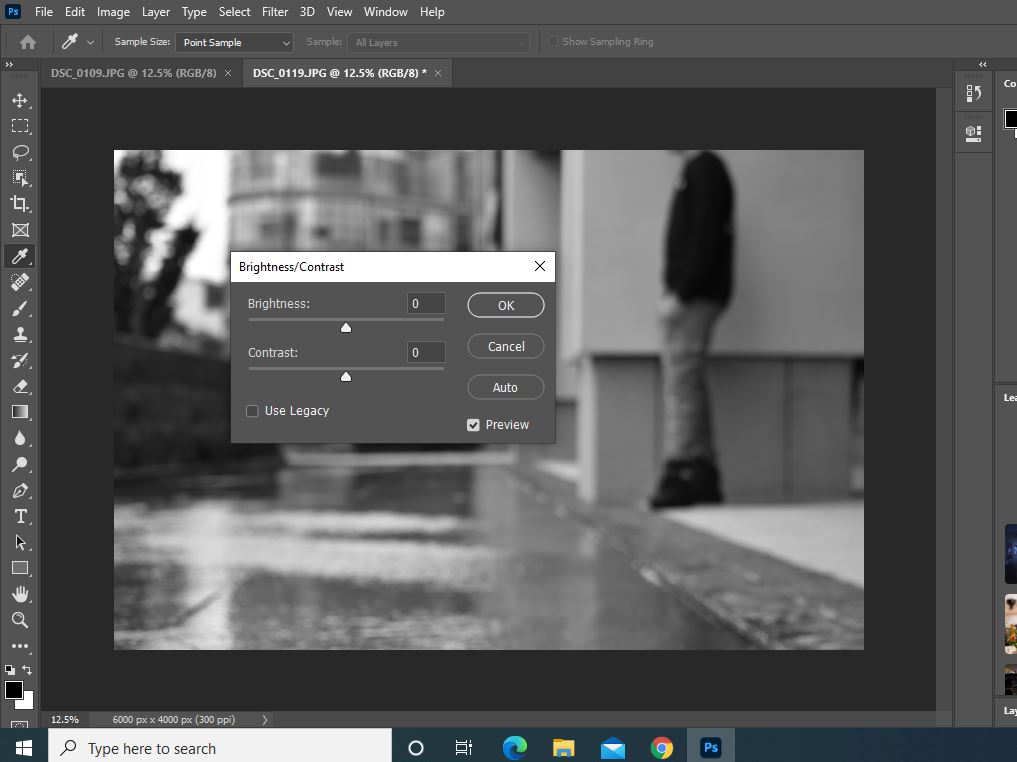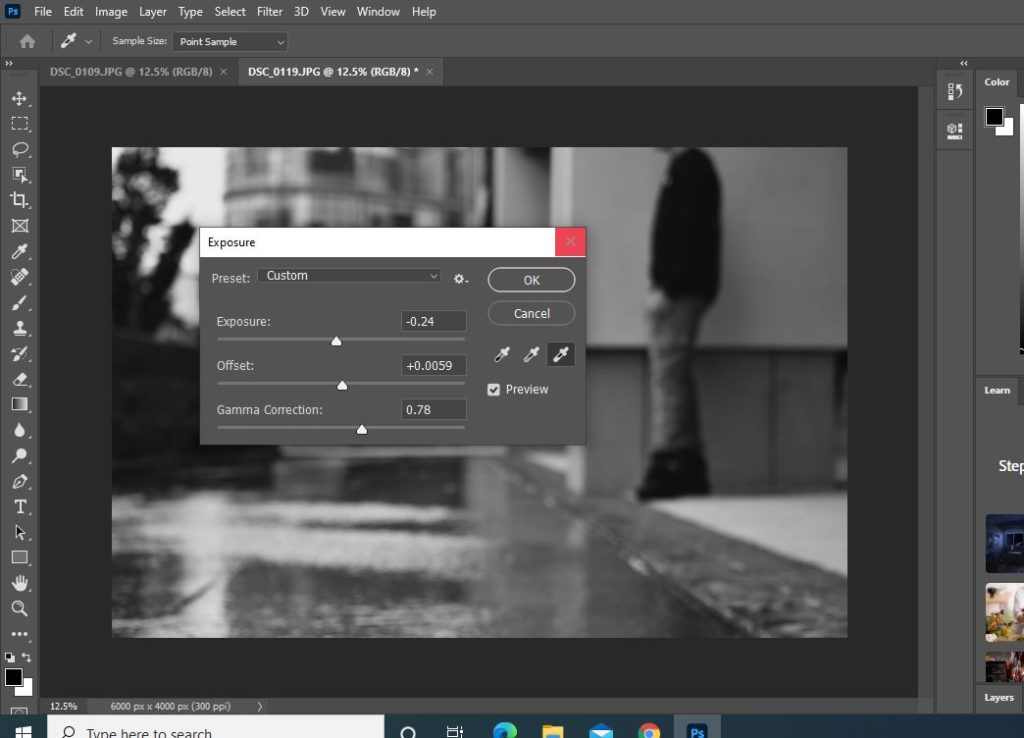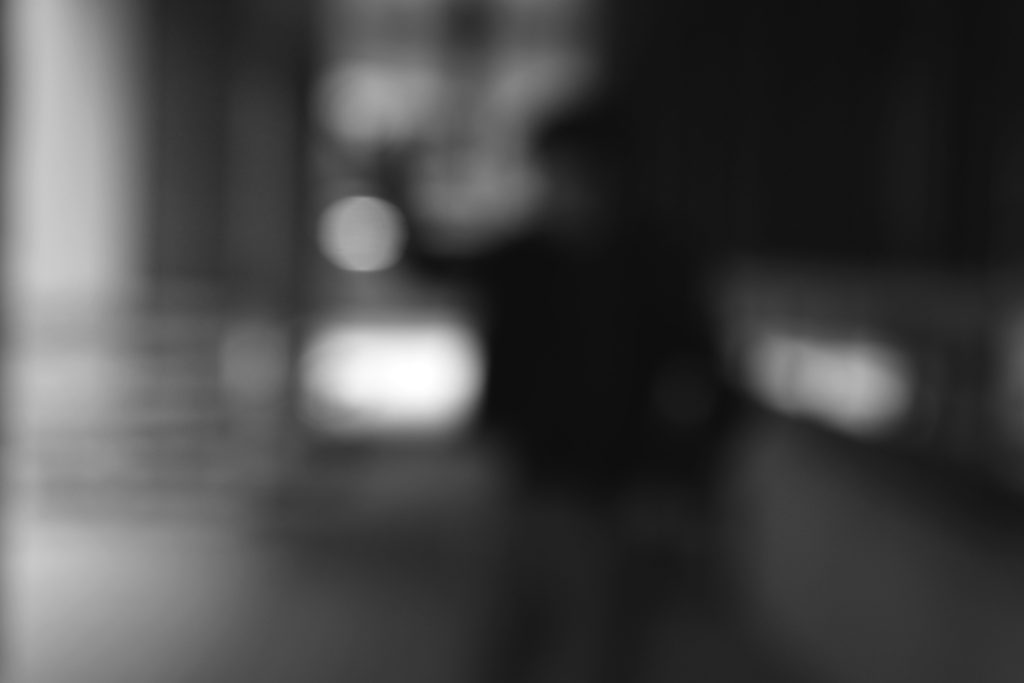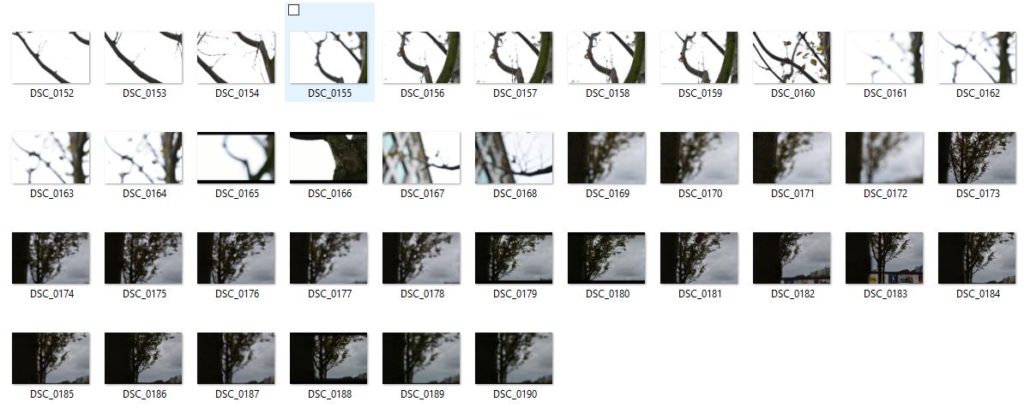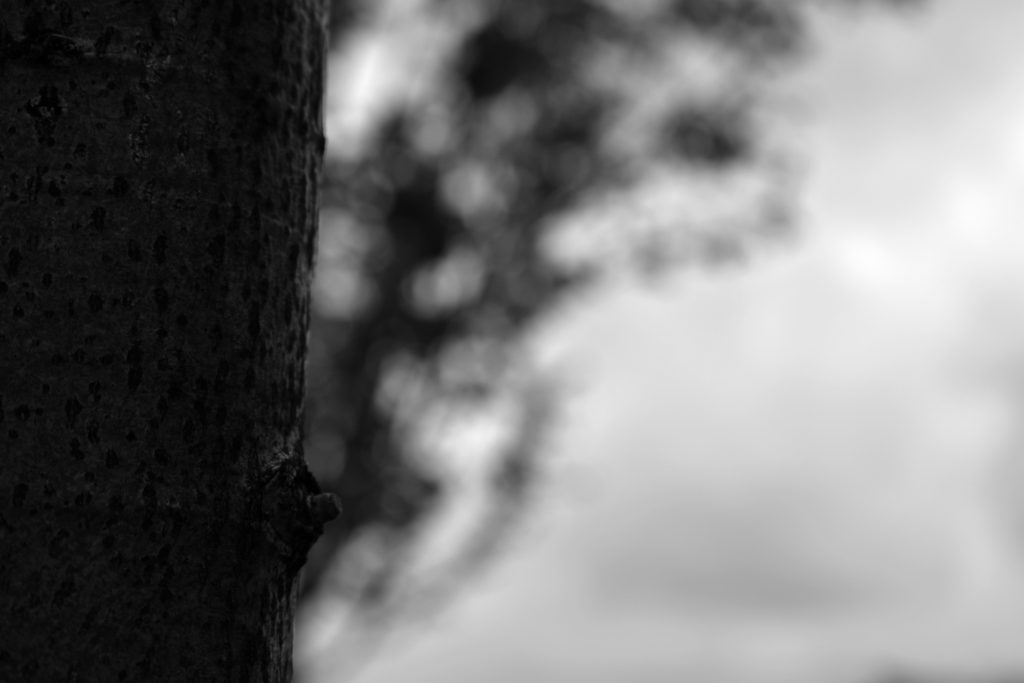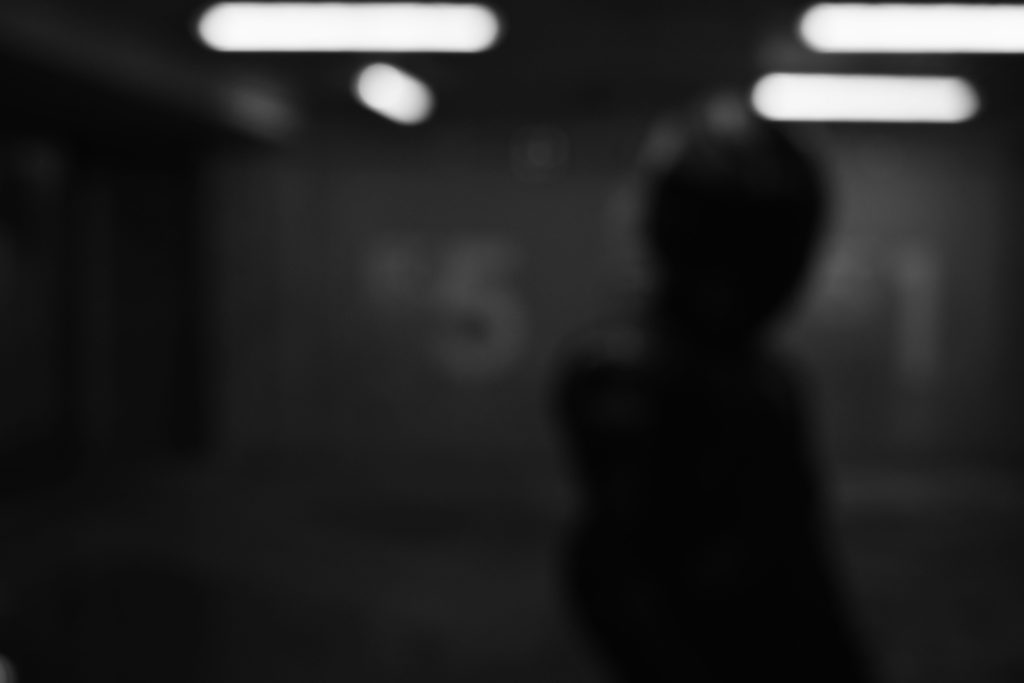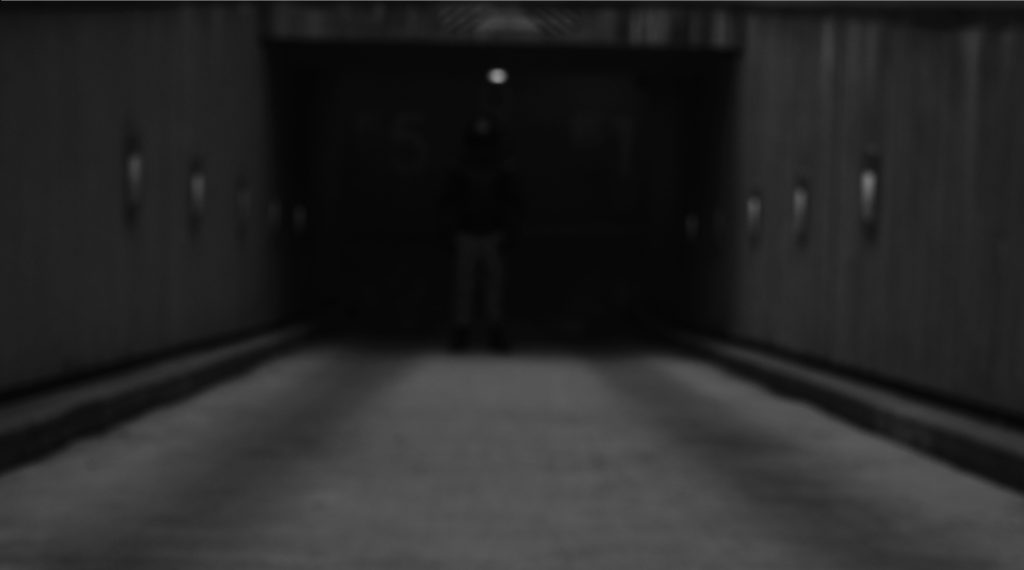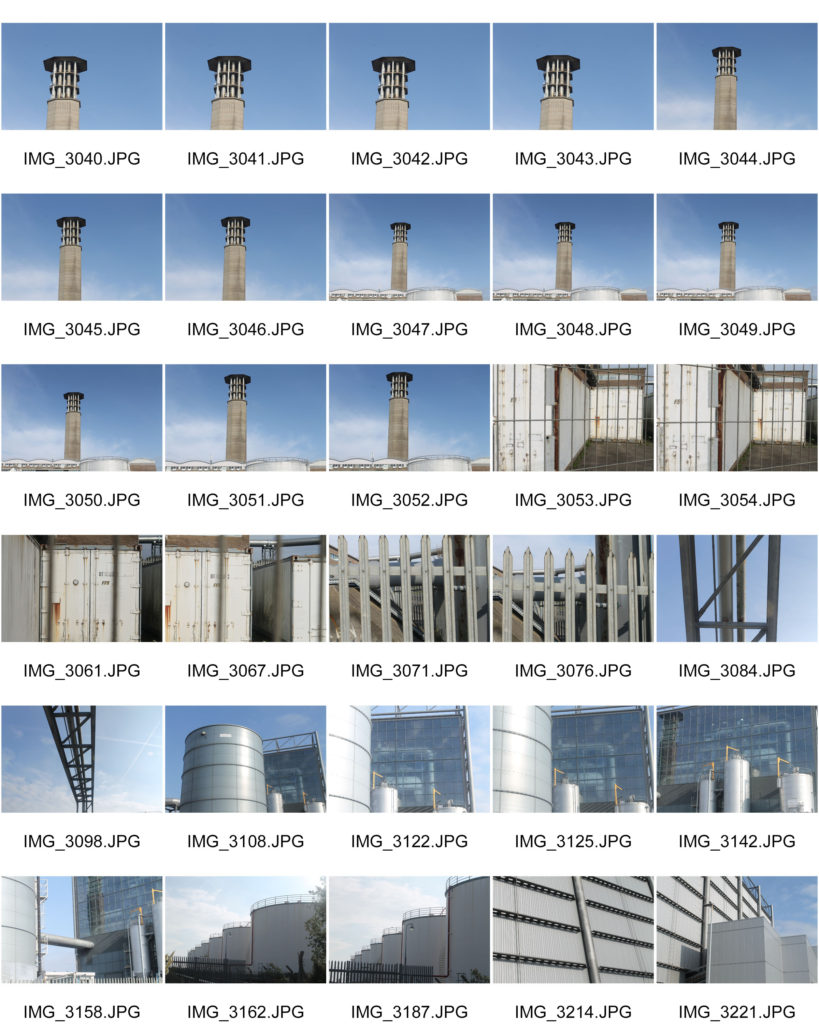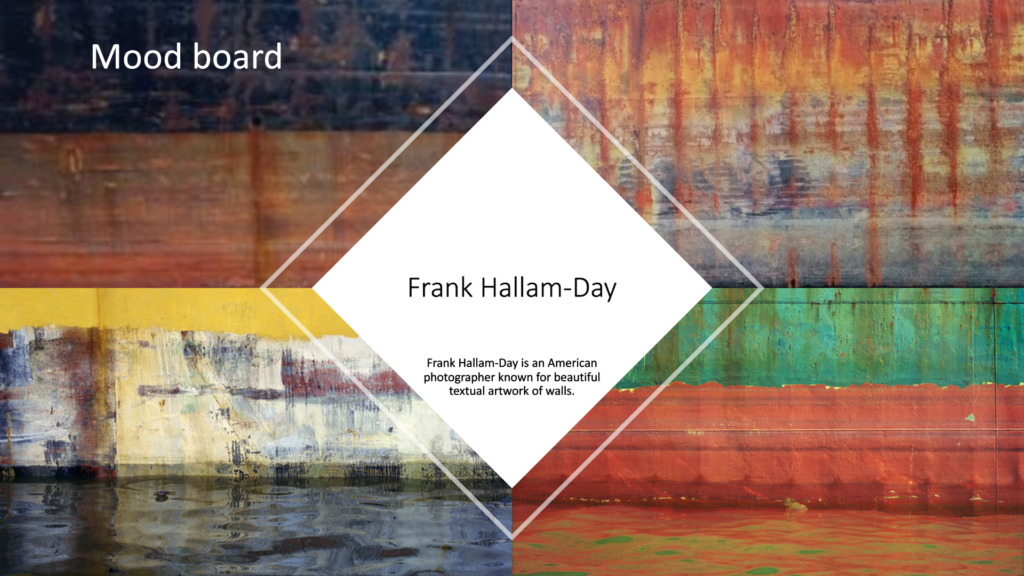

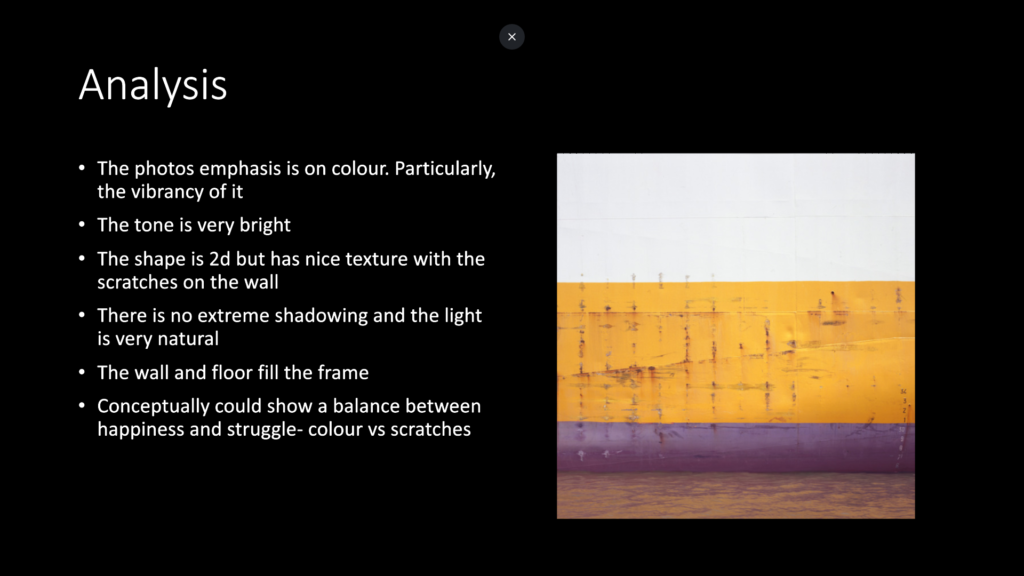
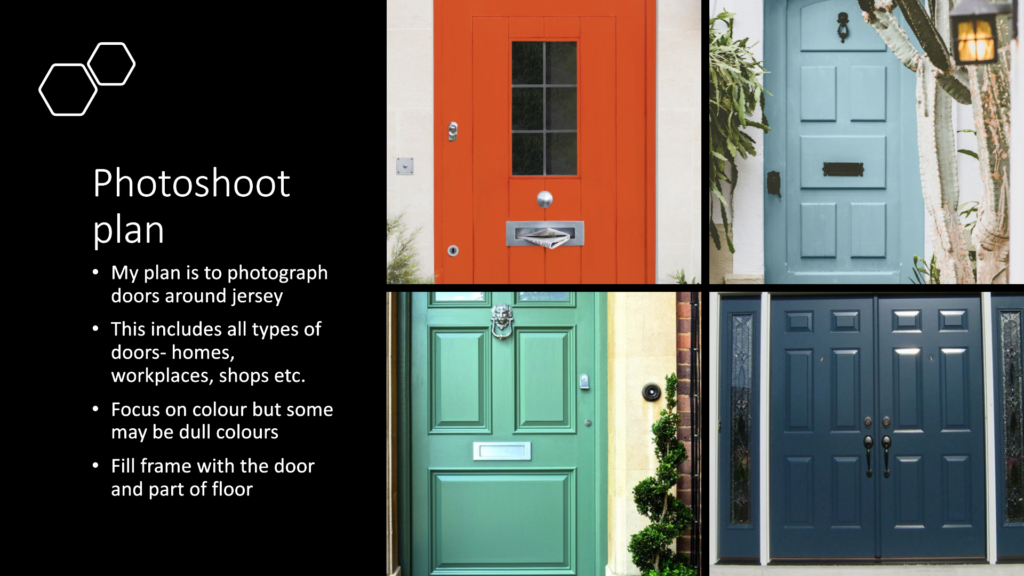
| shoot 1 | shoot 2 | |
| who | N/A | N/A |
| what | doors | doors |
| where | town | the market |
| when | Monday after school | Tuesday after work |
| why | to replicate Hallam-Day’s photos | to replicate Hallam-Day’s photos |
| how | camera on phone | camera on phone |
SHOOT 1

I dont like that these photos have people in them 
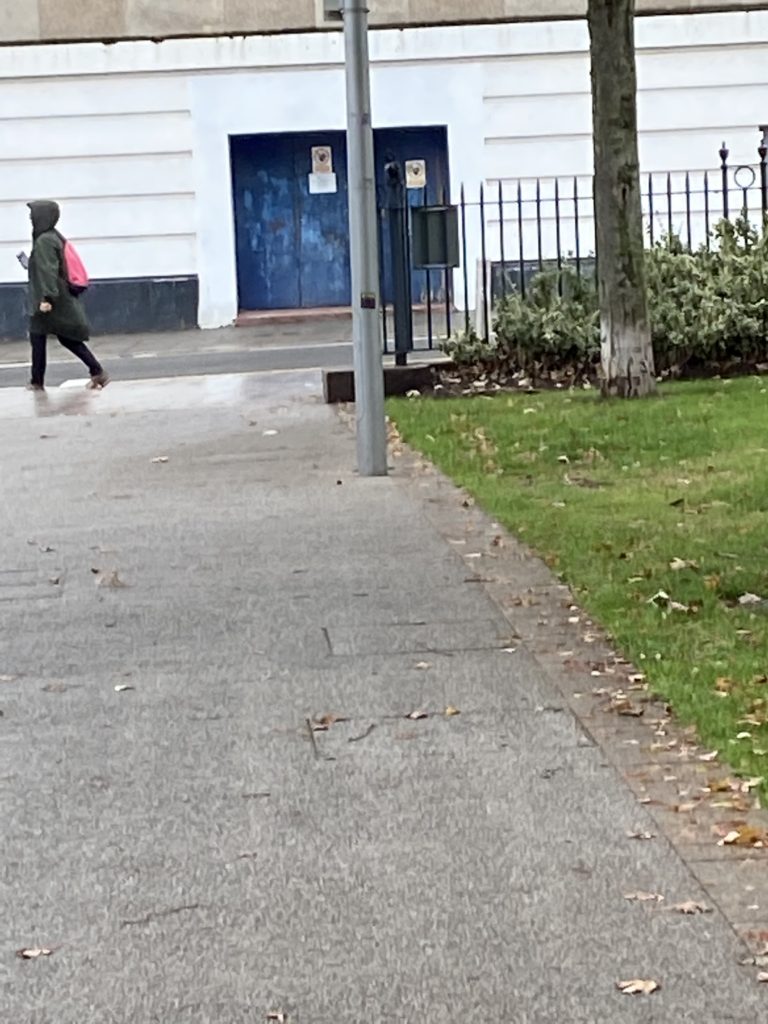
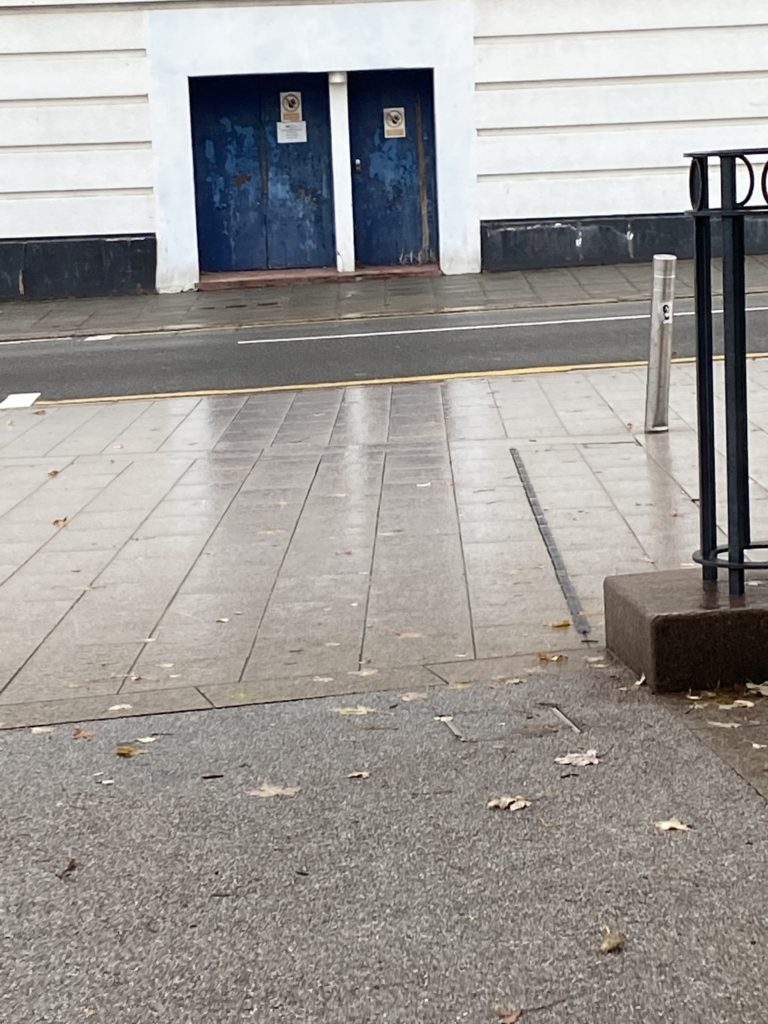
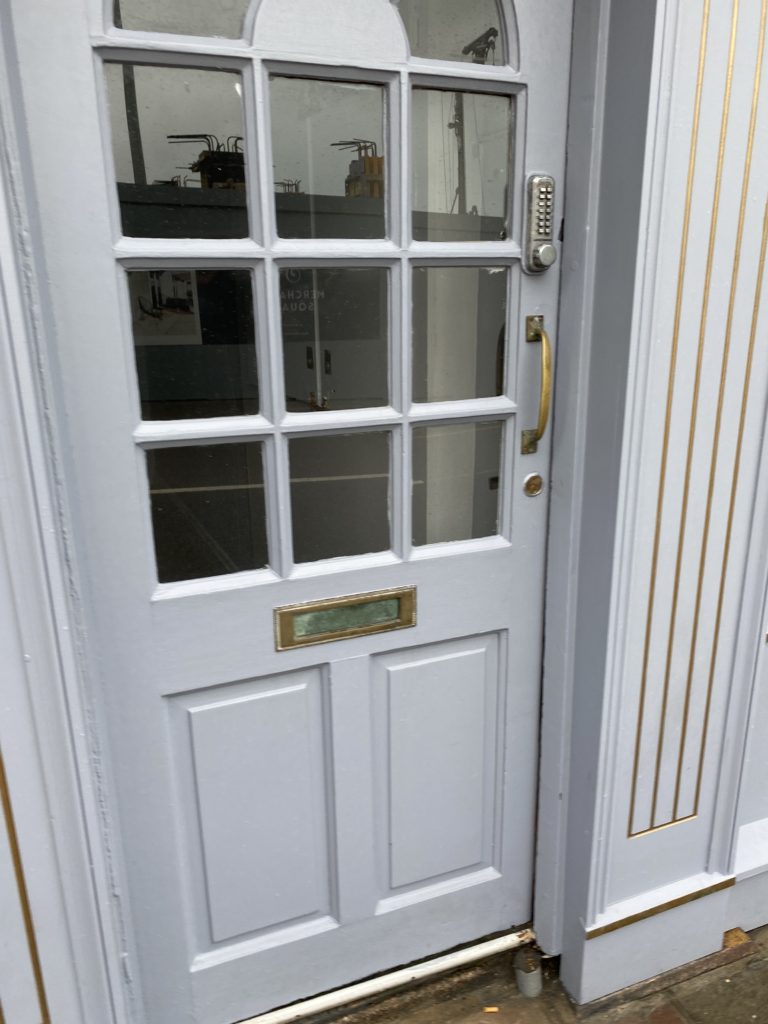

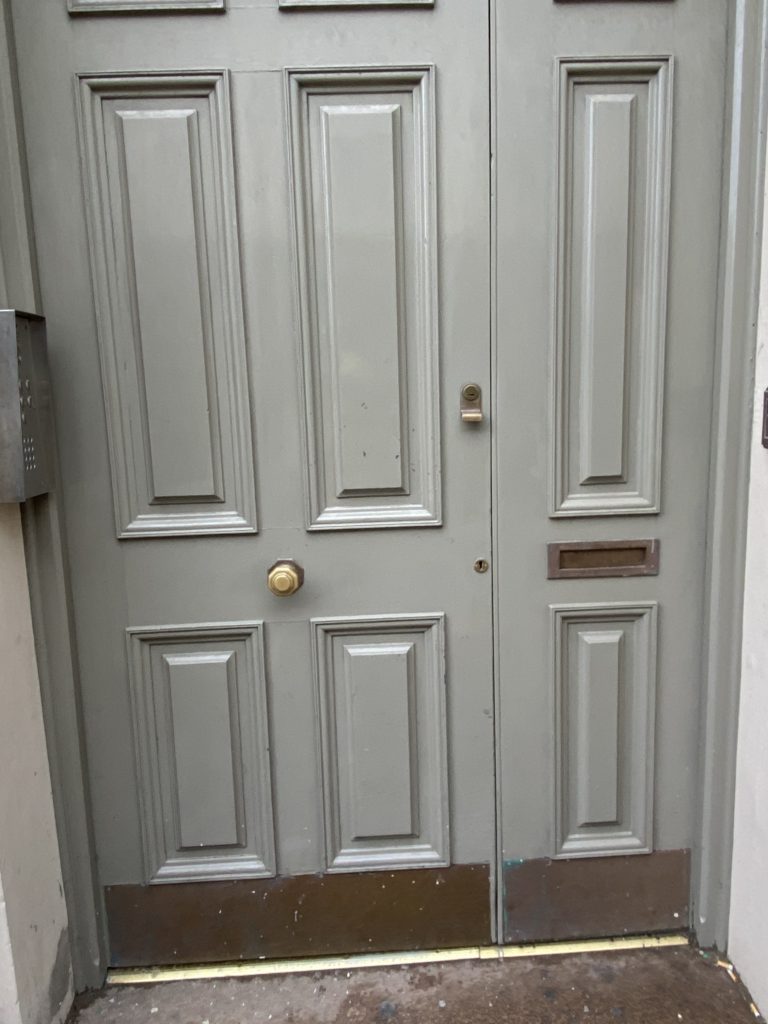
My favourite photo from this shoot- I think it is the most true to Hallam-Day’s photos
I think that these photos stay true to Hallam-Days original images as they blend town life with busted doors. I would have liked to take more but I looked weird taking photos of people’s houses and shops in town so was limited to only a few photos
SHOOT 2
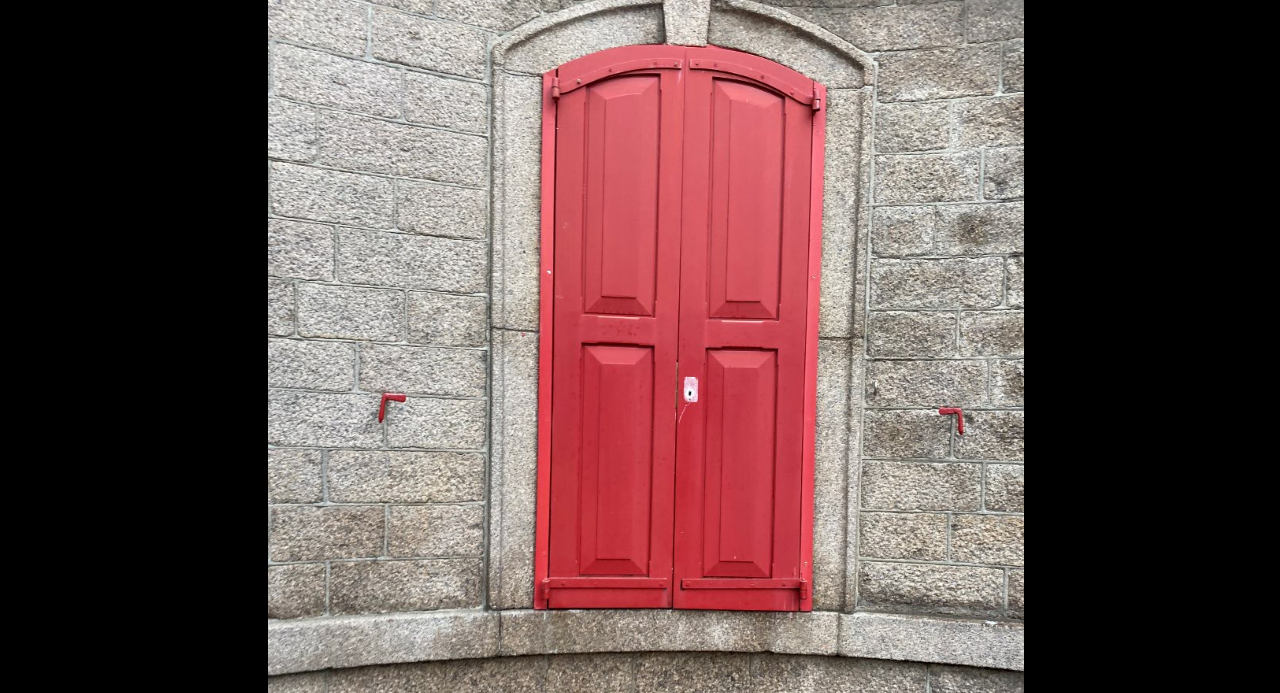

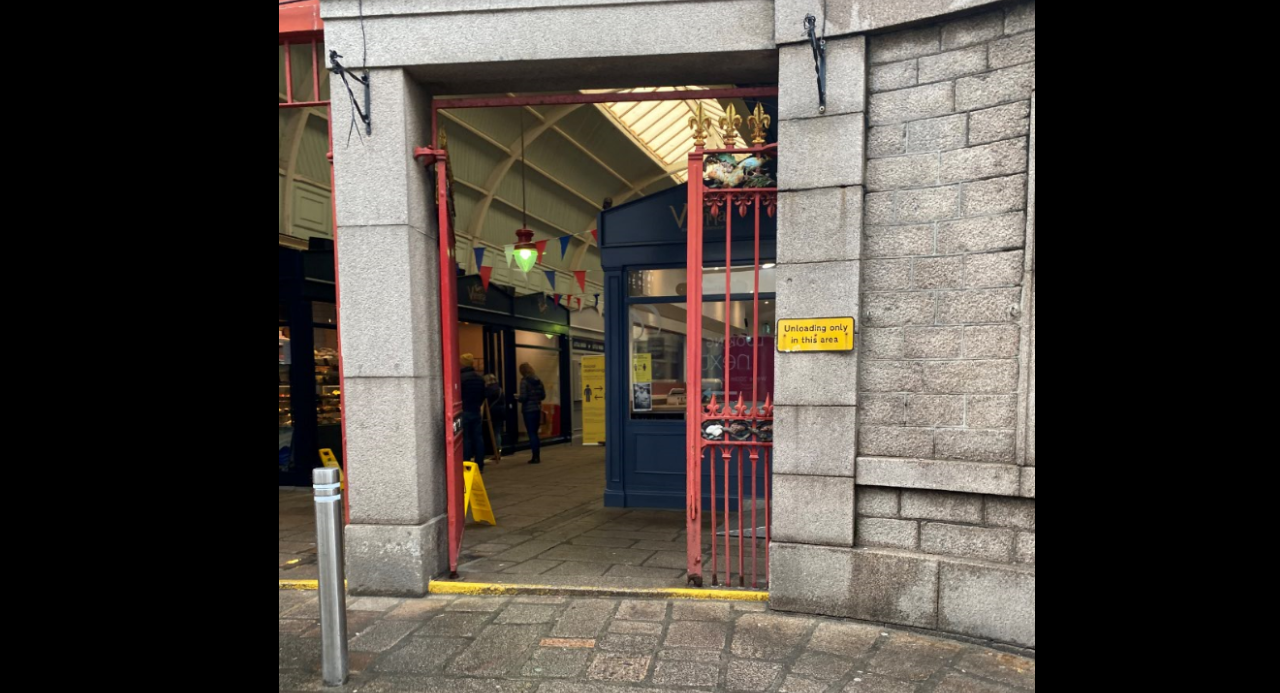
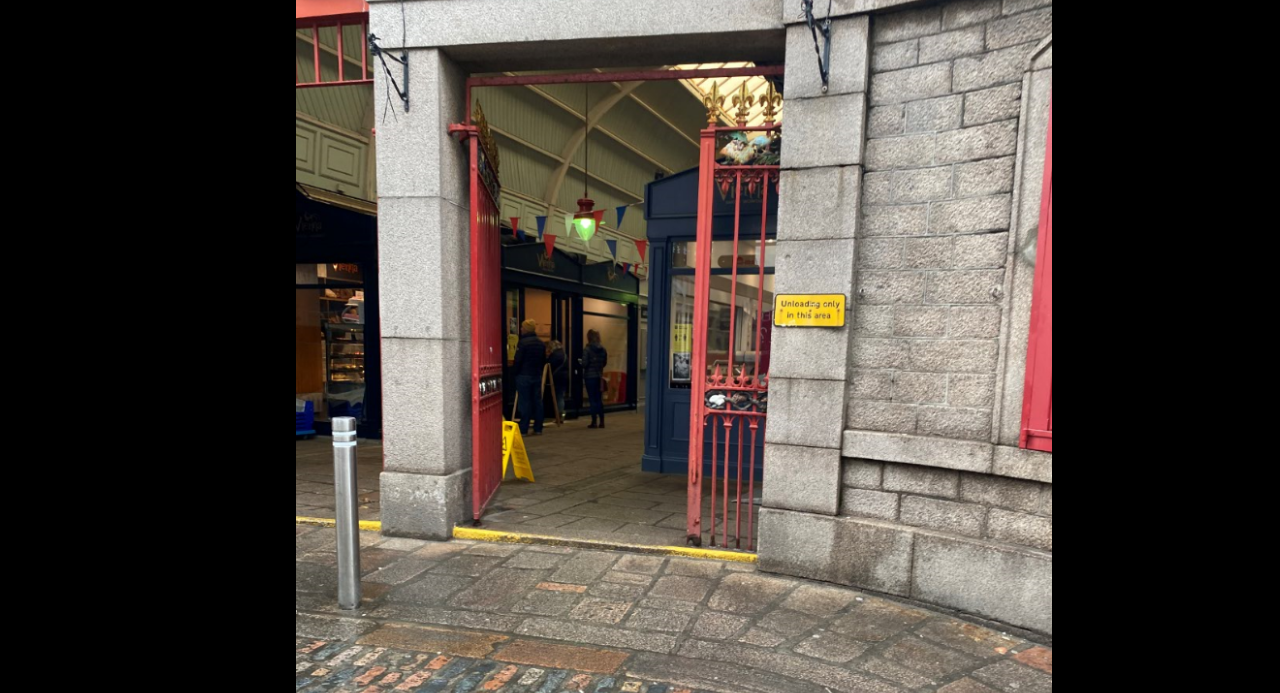
This shoot produced a few nice photos however I had the same issue as the first photo shoot in which I looked really weird taking photos of doors in town so couldn’t take as many as I would have wanted.
EDITING
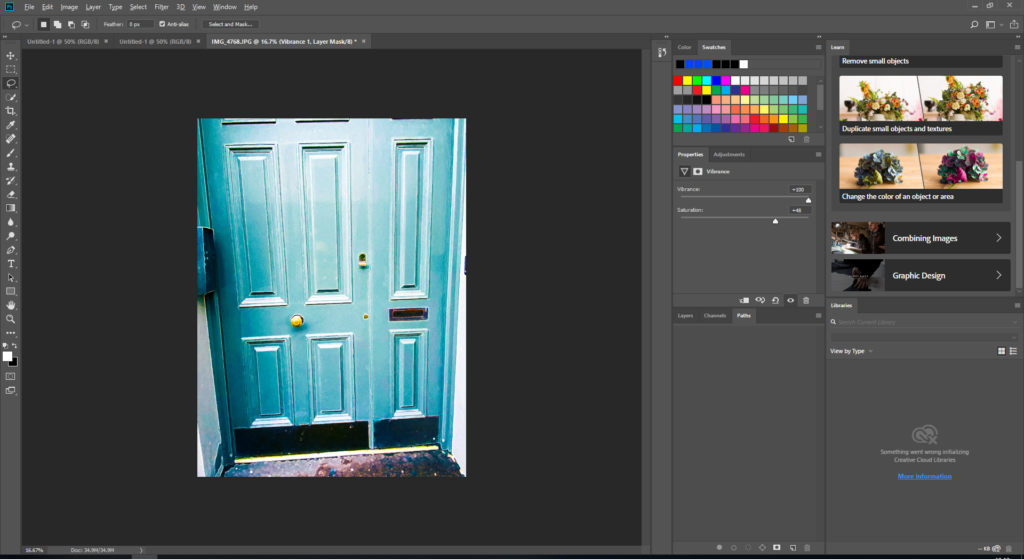
To make the photo more like Hallam-Days, I wanted it to be a really vibrant and blue so using Photoshop I made the vibrancy and saturation really high and also put the blue and cyan out of balance to make the colour really stand out.
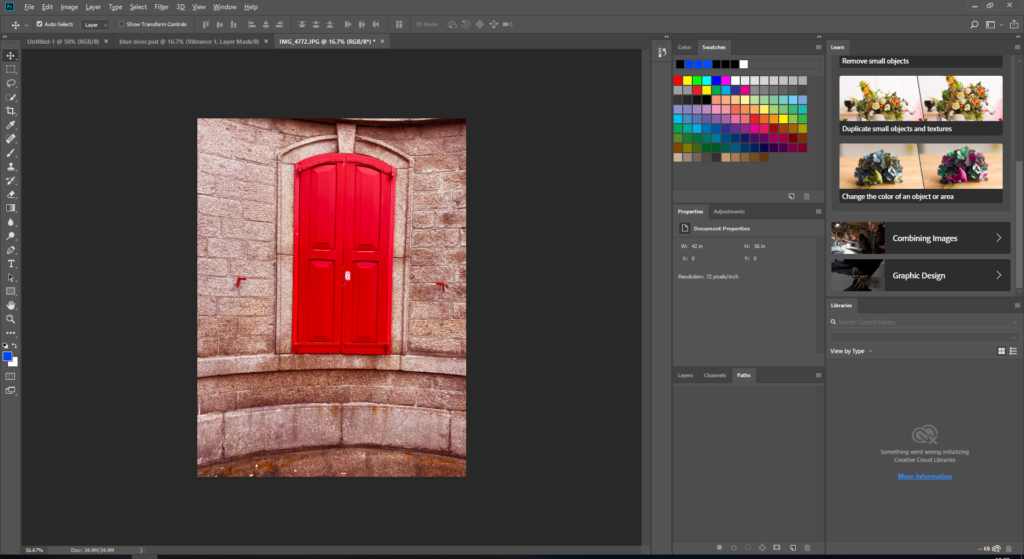
For the door in the market I used the same photo shopping techniques but with red instead of blue and cyan.
FINAL IMAGES
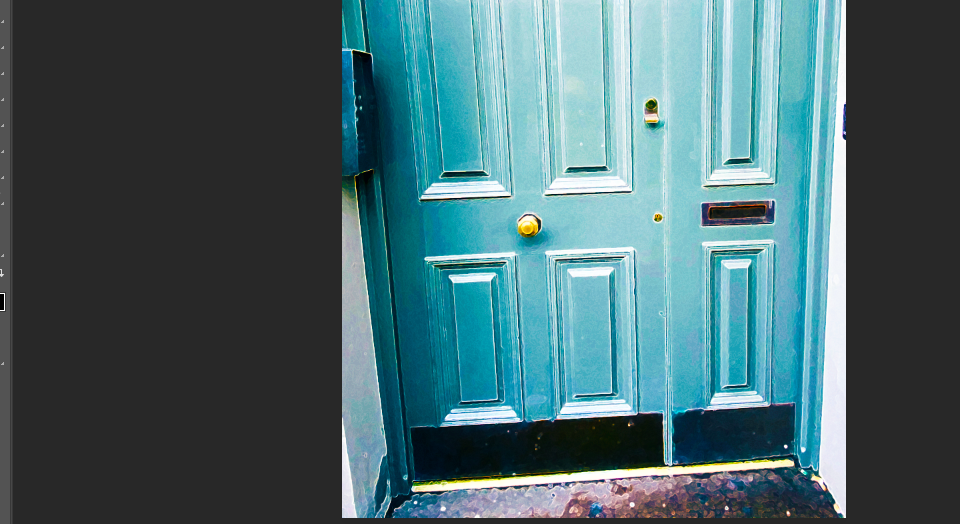
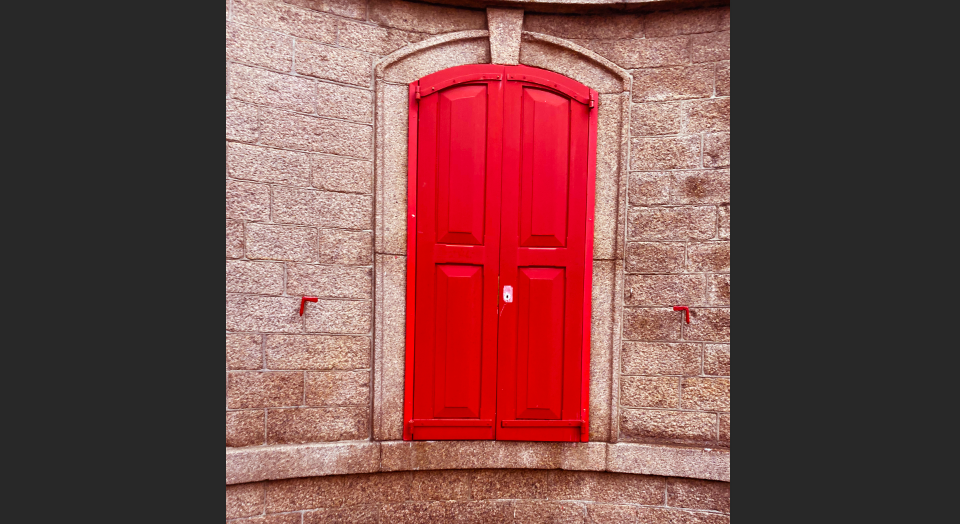
COMPARISON TO HALLAM-DAY’S WORK
In conclusion, my photos had some similarities to Hallam-Days. The use of surfaces as the subject was one of these. I think that i managed to follow his grungy style but i think that his photos were more naturally colourful whilst I had to edit a lot of my colour in.
EVALUATION AND CRITIQUES
I really liked my photos and felt that the editing process really added a lot to them however it would have been better if I had more photos to choose from .Next time I will take more photos so that I have more photos to choose so will ultimately have better photos.

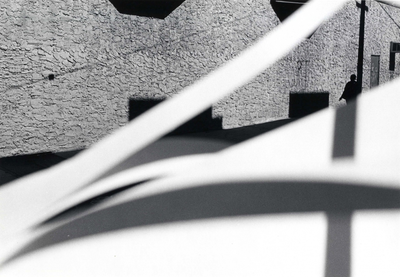

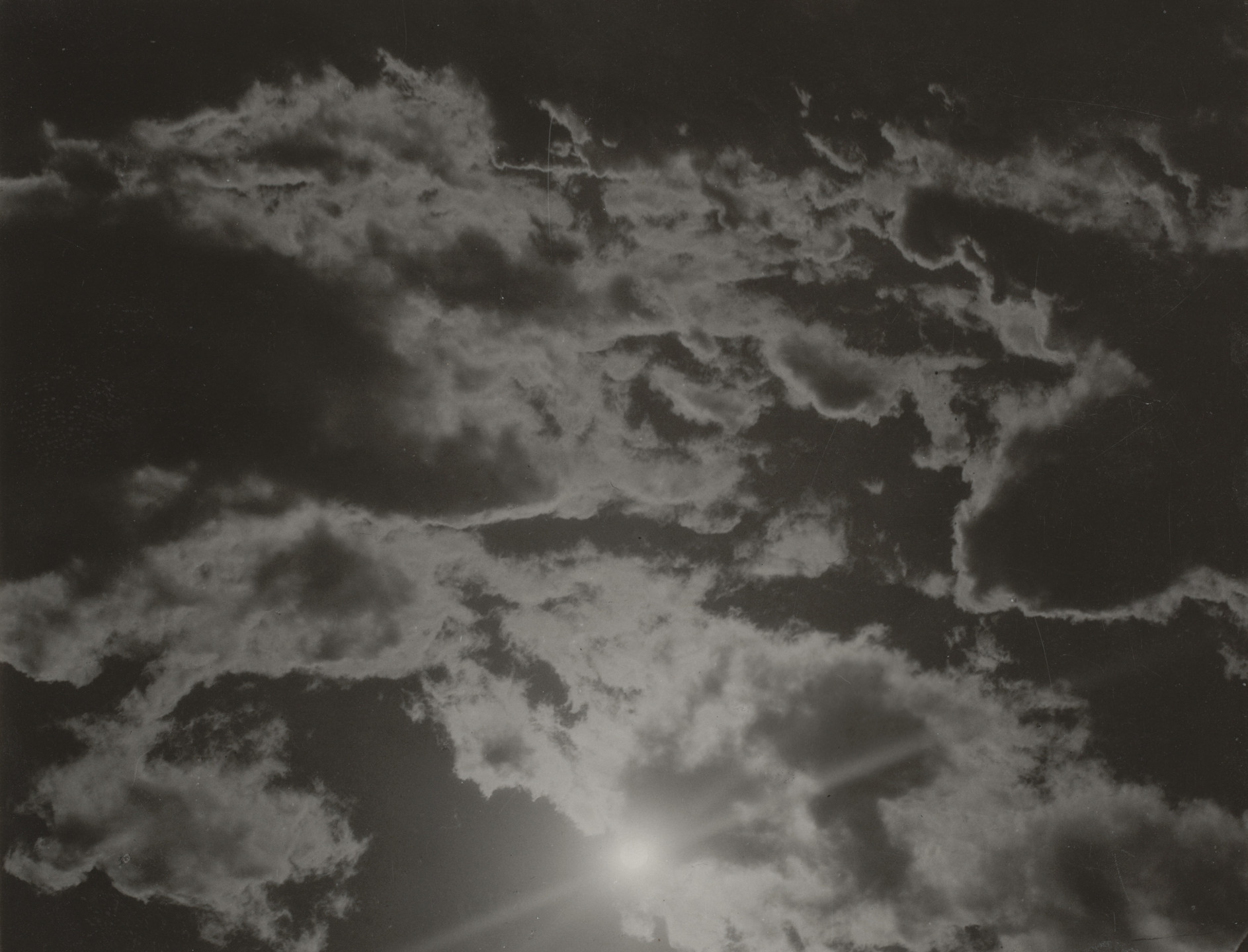
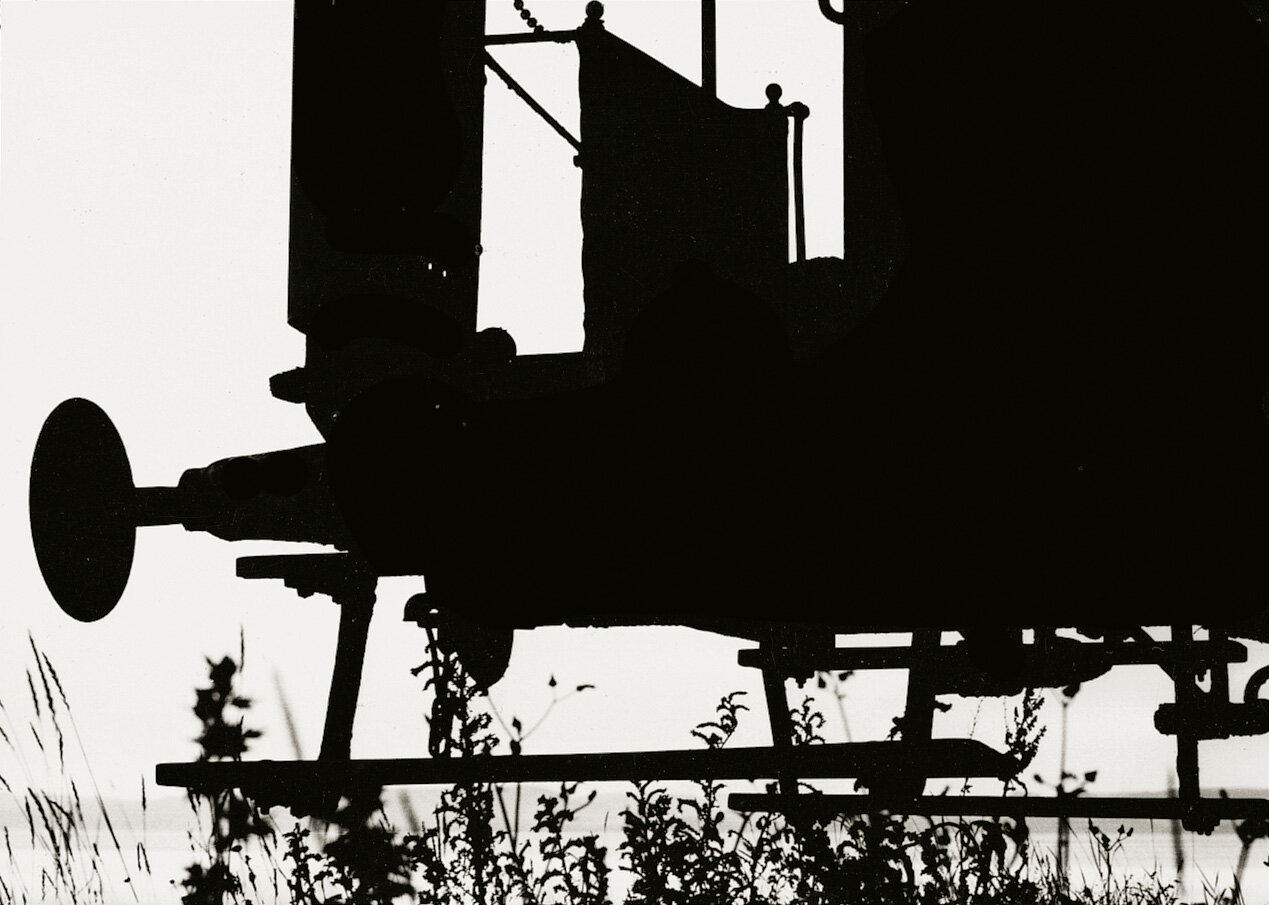
.jpg)



